NOTE: This post was originally published on January 24, 2020
Around the world, internet censorship remains a popular tool of authoritarian governments to prevent information from spreading, to stop people from organizing protests, and to suppress challenges to their official narrative of the world. In extreme cases, countries deny citizens access to the internet altogether, or shut off connectivity as much as they can.
Internet censorship is often either ineffective or prohibitively resource-intensive. While plenty of companies are building and exporting surveillance and censorship technology, few countries have the ability to efficiently control the information their citizens can access.
An efficient censorship campaign does not limit itself to making certain websites and services inaccessible. It must also replace these services with alternatives that can be put under surveillance and where content can selectively be filtered. Censorship circumvention tools must be attacked repeatedly, and the installation of certain apps must be made impossible through control over operating systems, software repositories, and app stores.
Currently, only China has shown both the willingness and the ability to do all this, although there is increasing speculation that these tools might be exported and employed elsewhere.
Jump to:
- Censorship in the Americas
- Censorship in Europe and Central Asia
- Censorship in Middle East and South Asia
- Censorship in Asia
- Censorship in Africa
Free speech around the world
Few societies consider free speech an absolute right. In the United States, the First Amendment to the Constitution prohibits any laws that limit the freedom of speech, belief, assembly, and petition. However, it took a long time to establish this freedom, and limits still exist.
There are plenty of democratic, non-authoritarian states that consider it their legitimate right to restrict speech on various grounds, including speech that is judged to be harmful, obscene, defamatory, or inciting of hate or violence. It is not the subject of this report to make judgments about the legitimacy of censorship, but rather to document and describe it.
Targets of censorship
The goal of censorship is and always has been primarily social control. As such, it naturally targets news organizations, communications platforms, and social media. This also includes messaging boards, image hosting sites, file-sharing platforms, and encyclopedias.
2020 internet censorship report
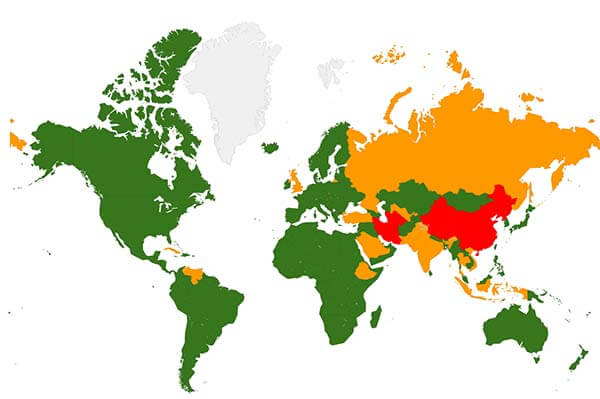
In this report, we focus mainly on the social media platforms Facebook, Instagram, Telegram, TikTok, and Twitter. We have chosen these services for their global popularity, their association with censorship debates, and their use by social and political campaigns, such as protest movements. ExpressVPN Labs used various sources, including the CIA World Factbook, Netblocks, and news reports, to gather intelligence on how states around the world employ censorship tools.
Common censorship tools
Self-censorship and legal pressure
Before the internet made it easy to communicate cheaply across borders, governments would have to either intimidate publications and individuals into self-censoring or use dubious legal means to force them. This strategy is still alive and well, and seen as legitimate by many in liberal democracies. However, many countries lack crucial characteristics of the rule of law, such as democratically elected lawmakers, constitutional protection, or judicial independence to claim legitimacy.
DNS
The most common and primitive tool to censor websites and services is to redirect DNS records. This is akin to removing a business from a phone book or maps service, though it will still allow those familiar with the service to reach it directly. A common circumvention of this strategy is to use a DNS provider outside of your home jurisdiction, as foreign providers would not comply with the censorship request.
People’s reluctance to change default settings, and the difficulty of changing DNS settings, especially on mobile phones, means this censorship method will likely remain popular.
IP block
A more sophisticated strategy is to block all requests and connections with IP addresses connected to the target site. With the rise of content delivery networks and load balancers, however, a site or service may have infinite IP addresses, shared IP addresses, or rotate them around.
Deep packet inspection
Deep packet inspection (DPI) refers to the process of analyzing every single piece of data going in and out of a restricted network. It requires massive resources, as powerful computers and storage units have to be erected at every digital border. As a side effect, connections will appear considerably slower.
When websites were not as (near-)universally encrypted as they are now, DPI mainly inspected the contents of each data packet for sensitive words, possibly passwords, and other confidential information. With the proliferation of HTTPS, DPI serves the purpose of discovering patterns in data streams that are indicative of surveillance circumvention tools. This is, for example, how China can effectively block Tor, even when bridge servers are used. VPNs are often in a constant struggle to alter the digital footprint of their apps to evade DPI.
Censorship in the Americas
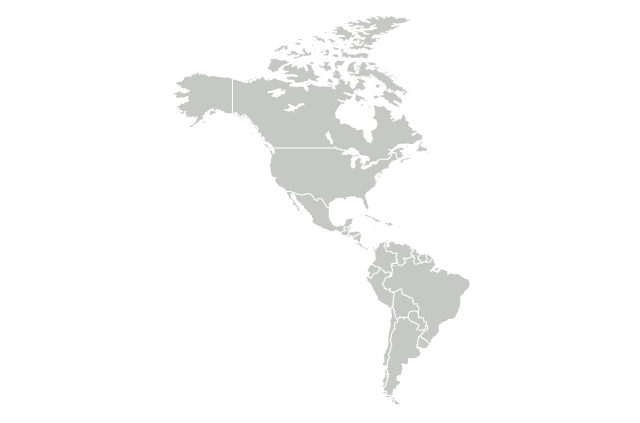
The Americas are largely free from internet censorship, although some authoritarian regimes employ strict filtering and censoring.
Cuba
Compared with people in other countries in the Americas, Cubans have little access to networked computers or phones. The rollout of 3G networks is only progressing slowly, largely because of high costs.
Wi-Fi networks have only recently been legalized, but some mesh-like private networks, primarily used to share pirated movies and songs, remain illegal. Those who do have access to the internet can access content from around the world relatively easily, though access to the internet remains the biggest barrier for most citizens.
Haiti
A 30mbps internet connection in Haiti costs about 200 USD plus tax per month. In a population of over 10 million, 12% have any kind of internet connection, and only 30,000 people have broadband. Though access to the internet is uncommon, those few that have access can use it freely.
Venezuela
Despite the reputation of its authoritarian regime, Venezuela offers largely unrestricted internet access. In January 2019, Netblocks reported that access to social media and newspapers had been restricted during the Presidential Crisis, when some members of the international community began to question whether the incumbent president was the legitimate leader of the country.
Censorship in Europe and Central Asia

Europe and Central Asia maintain a mostly open and free internet, although some states, particularly those of the former Soviet Union, continue to attempt to limit people’s expression. In the European Union, the United Kingdom sticks out for its relatively strict censorship regime.
Belarus
Belarus has a long history of blocking social media and censoring local bloggers. Recently, however, we have not found evidence of ongoing censorship of social media sites. About 71% of the population has access to the internet.
Russia
Starting in 2012, Russia has developed and continuously expanded a blacklist of websites. It started with content promoting violence, hatred, and harm, and has expanded to over 70,000 sites. Sites like the internet archive, Wikipedia, and LinkedIn have all found themselves on this list at some point. Currently, Telegram remains unavailable.
Tajikistan
While Tajikistan is not considered as authoritarian as many of its neighbors, access to the internet is unaffordable to most. Only 6,000 of the country’s 8.6 million inhabitants have broadband access. About 20% have access to slow connections through their mobile devices.
Turkmenistan
Turkmenistan remains one of the most isolated and inaccessible places in the world. Of the five million inhabitants, only 18% have access to a local version of the internet—the highly censored and limited “Turkmenet.” There are only about 4,000 broadband connections in the country. How many of these 4,000 households and offices can access the World Wide Web is not clear.
United Kingdom
Censorship in the United Kingdom mainly revolves around pornography, copyright infringement, violence, and censorship circumvention tools. Newspapers and bloggers might also be targeted with gag orders through the legal system.
Since 2013, ISPs have been required to block such content unless a household explicitly requests it. The censorship tools applied by the United Kingdom are easily circumvented.
Uzbekistan
While there have been reports of severe censorship in Uzbekistan over the past 15 years, the internet recently became more open. Netblocks reports Uzbekistan made numerous news and human rights sites available in May 2019. However, only half the population has access to the internet, and only 11% have broadband.
Censorship in the Middle East and South Asia
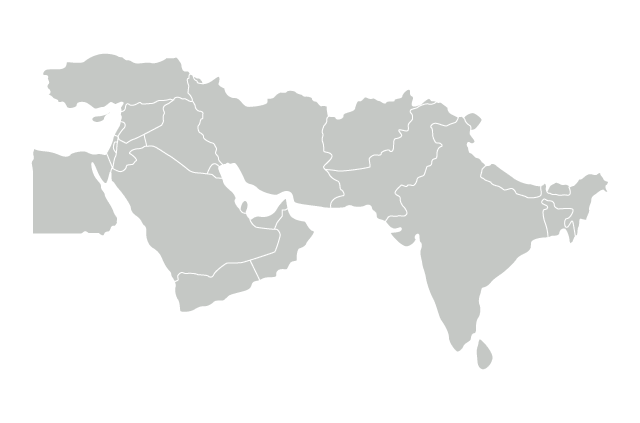
The Middle East is known for its aggressive censorship and filtering, especially for content seen as pornographic or blasphemous, and also for targeting social media platforms.
Chat applications are targeted both for their potential to amplify social discontent and protests, and, especially in the Gulf states, for making phone calls cheaply available to a large population of migrant workers, at the expense of state-run telecommunications companies. In 2019, several countries in the region had experienced widespread internet shutdowns.
Egypt
In 2011 Egypt shut down its entire internet in the hope of limiting protests that had erupted across the country. In the following years, the country established a censorship and surveillance apparatus that continues to be used in response to political events.
While social media services are currently reachable from Egypt, the internet was again shut down in September 2019. The shutdown also demonstrated the challenges of selective online censorship and the effectiveness and prevalence of circumvention tools.
India
While India does have aggressive censorship laws, there are currently few blocks in place. Most concerning is the complete shutdown of the internet in parts of the disputed western regions of Jammu and Kashmir, also claimed by Pakistan. There, citizens have not been able to connect to the internet since August 2019. In the eastern region of Manipur, too, authorities have repeatedly ordered the internet to be shut down, including in February 2019.
Iran
Iran is known to be among the most aggressive censors of the region, and its population is known to be among the savviest in the world when it comes to circumventing censorship. Social media sites are regularly blocked (and unblocked), and at times of unrest, the internet is entirely turned off, as reported in November 2019. We found Facebook, Telegram, Twitter, and TikTok to be unavailable from Iran, but Instagram is reachable.
Pakistan
Only 15% of people in Pakistan have the internet, and only 1% have broadband. Pakistan does have a mechanism for filtering the internet on a sufficient scale, though it is targeted primarily at content considered pornographic or blasphemous. Social media sites have been blocked in the past, and we found Telegram is currently unavailable.
Syria
Syria blocked access to social media preceding the mass protests in 2011, and the internet has been reported being shut down for various periods of time during the early years of the civil war. Just 31% of the population has access to the internet, and 6% have broadband. At the time of writing, the internet is freely accessible from Syria.
United Arab Emirates
The UAE is host to a large immigrant population, mainly men from poorer Islamic countries coming for work. UAE telecommunication providers aggressively block internet phone services (VoIP), such as Skype or WhatsApp, to pressure migrant workers into paying exorbitant communication fees.
Additionally, dating and pornography sites are effectively blocked. The UAE is one of the few countries that have the ability to disrupt anti-censorship tools, such as VPNs, severely.
Censorship in Asia
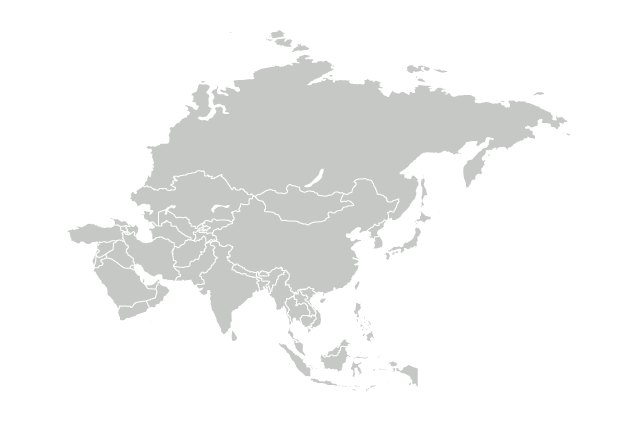
Internet access in Asia has grown this decade, like in no other time and place before. Asia’s many authoritarian governments aren’t always on good terms with the global internet, but few aggressively censor or restrict access.
China
No place polices the internet so heavily for so many of its users. While over 50% of the country’s 1.4 billion citizens have access to the internet (27% have broadband access), this internet is massively restricted.
Practically all foreign social media platforms are banned (LinkedIn, being the one notable exception), as are all encrypted messaging platforms. Users are dependent on Chinese variants of these networks, which practice strict censorship and surveillance of user content. Censorship circumvention tools are not easy to come by, and VPN access can be impaired at times.
East Timor
Over a quarter of Timor-Leste’s population has access to the internet, but broadband is virtually non-existent. There are no attempts to censor the internet.
Indonesia
Generally, Indonesia practices little censorship and control, focusing mainly on content seen as inciting hatred among the country’s many ethnic groups. In May 2019, Indonesia attempted to block social media during times of protests and shut down all internet in the province of Papua in August.
Myanmar
When under strict military rule, Myanmar had been heavily isolated, and access to the internet restricted, but recently the number of internet users has been growing significantly. No blocks are currently reported in the country.
North Korea
The internet is practically impossible to access for North Korean citizens. Even mobile phones are difficult to come by. There is little verifiable information about how censorship works in the country, but there are probably various “tiers” of internet access available to visitors, high-ranking officials, other officials, and students. Censorship and surveillance occur both on the networking and on the device levels.
Thailand
The internet in Thailand was heavily censored around the country’s coup d’état in 2014. While many pornographic sites remain blocked, social media outlets and foreign news sites are available for now.
Vietnam
In January 2019, Vietnam passed an authoritarian law that makes it illegal to criticize the government online. There are currently no outages or blocks reported from the country.
Censorship in Africa
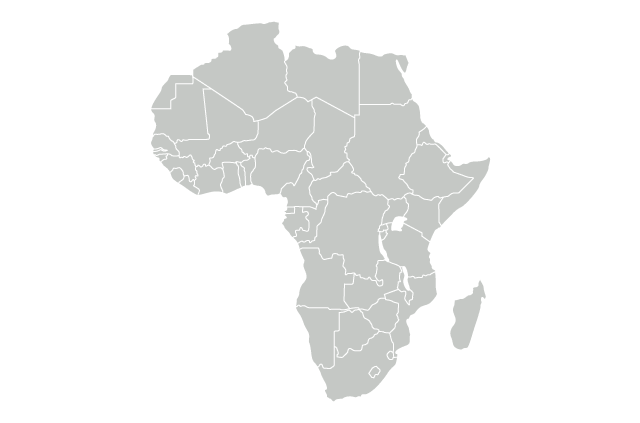
A lack of access primarily characterizes internet censorship in Africa. Few people have the internet on their phones, and broadband access is practically unheard of. For those lucky enough to have access, there are few restrictions in place to navigate the internet.
Burundi
Only 5% of the 11 million people have access to the internet, and fewer than 4,000 broadband connections exist. There are no restrictions in place for those that have access.
Central African Republic
Less than 5% of the population of the Central African Republic has access to the internet, and broadband is rare. Censorship is not practiced.
Chad
Less than 5% of Chad’s population has access to the internet, and less than 1% have broadband. Censorship is not practiced.
Eritrea
The internet is practically unavailable in Eritrea. Of the almost six million Eritreans, only 500,000 have access to a telephone, 1% have access to the internet, and fewer than 1,000 broadband connections exist.
Ethiopia
Just 15% of the nation’s 100 million-strong population has access to the internet. While the web is not as heavily censored as it was in the past, access to the entire internet was shut down for several days in June 2019.
Guinea
About 10% of the 11 million people of Guinea have access to the internet, although broadband is almost non-existent. Those that do have access can navigate the World Wide Web without restrictions.
Mauritania
While almost 20% of the population has access to the internet, broadband is practically non-existent. Censorship is not practiced on a systematic scale on the network level, although the internet was entirely shut down for a week in June 2019 following a contested election.
Morocco
While there has been significant censorship in Morocco in the past, the internet is currently freely accessible for the nation’s citizens.
Niger
Of the 20 million people of Niger, less than 10,000 broadband connections exist. Only 4.3% of the population has access to the internet. While access remains a big headache, censorship is not practiced.
Sierra Leone
About 11% of Sierra Leone’s population of six million has access to the internet, but broadband is extremely rare. There are no restrictions or censorship.
Western Sahara
The 600,000 inhabitants of Western Sahara are among the least connected citizens globally. Also, due to its disputed status, there are no internet service providers in the country, and no IP addresses, or even top level domains, have been issued.
Parts of the territory are occupied/administered by Morocco, which controls internet connectivity and censorship in those areas.
Zambia
About 25% of Zambia’s population has access to the internet, though only 0.2% have access to broadband. Censorship is not practiced.
The global censorship outlook in 2020
While authoritarian countries continue to seal their population off from information and means to communicate, many countries that previously engaged in censorship are now less aggressive in doing so.
Mass protests in 2019, however, also show that governments will increasingly resort to shutting off entire provinces from the internet, rendering censorship circumvention tools obsolete.
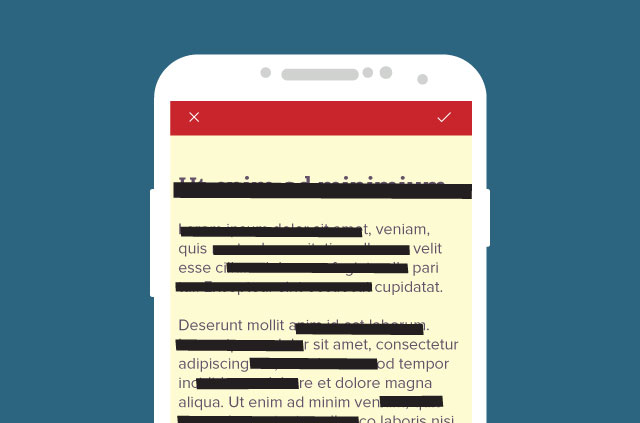
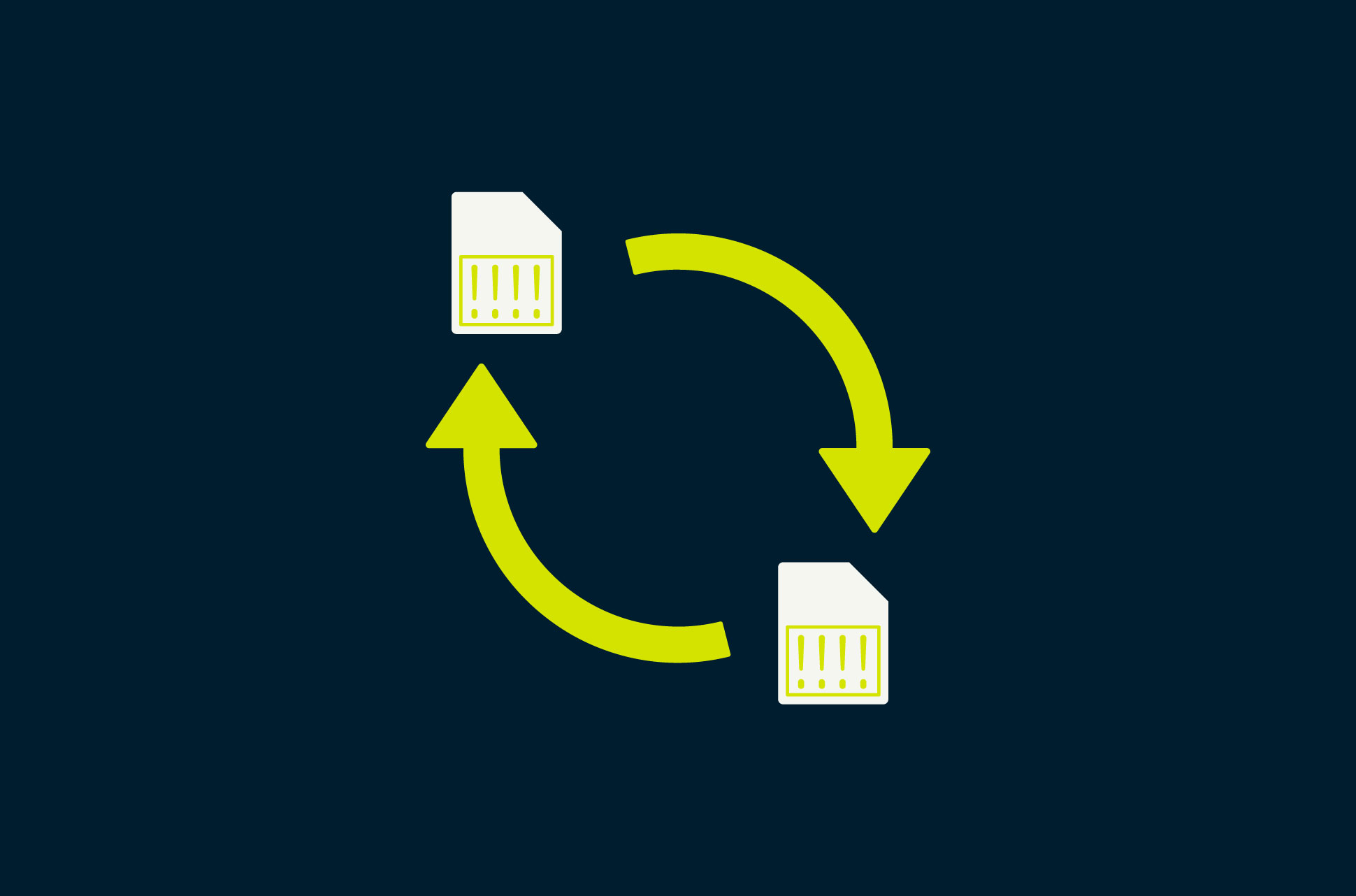
















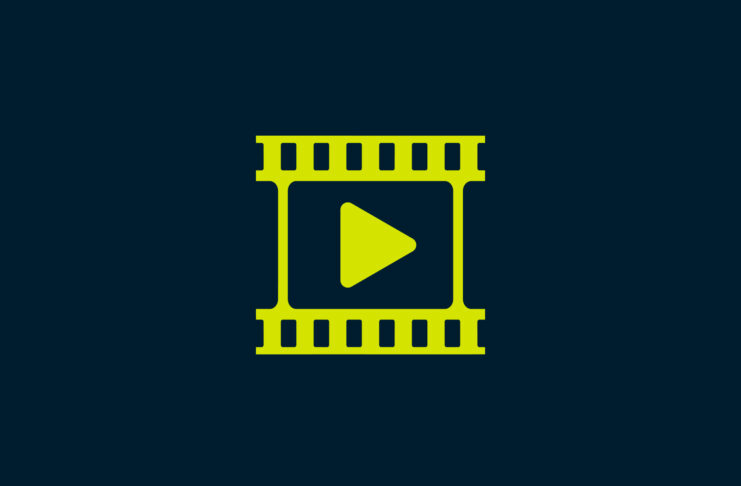
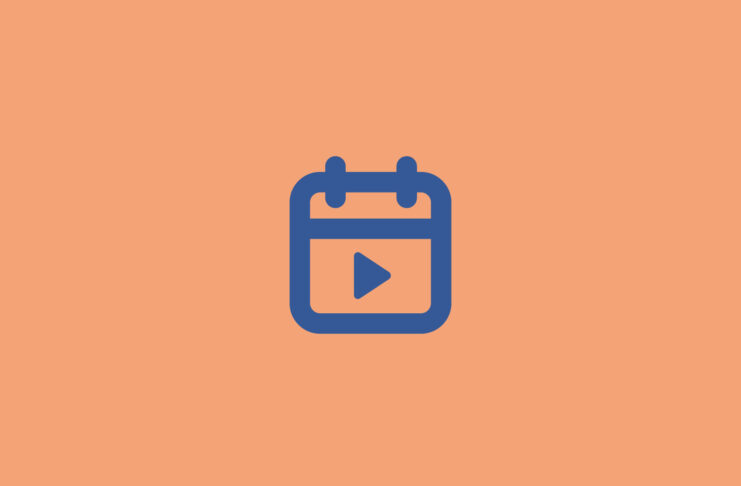
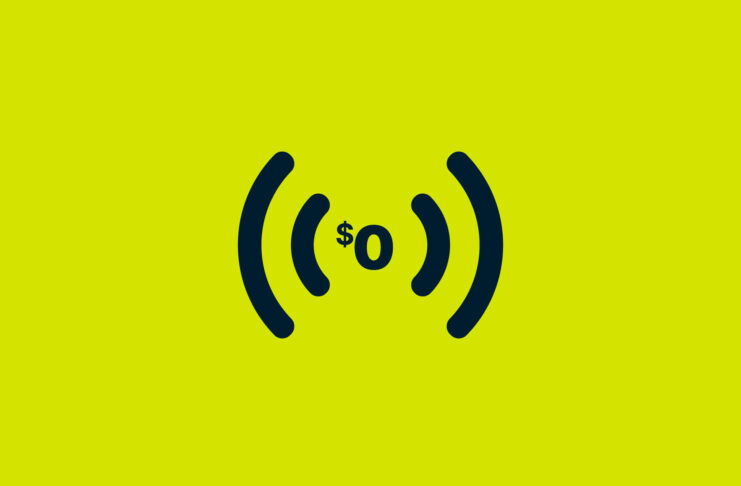
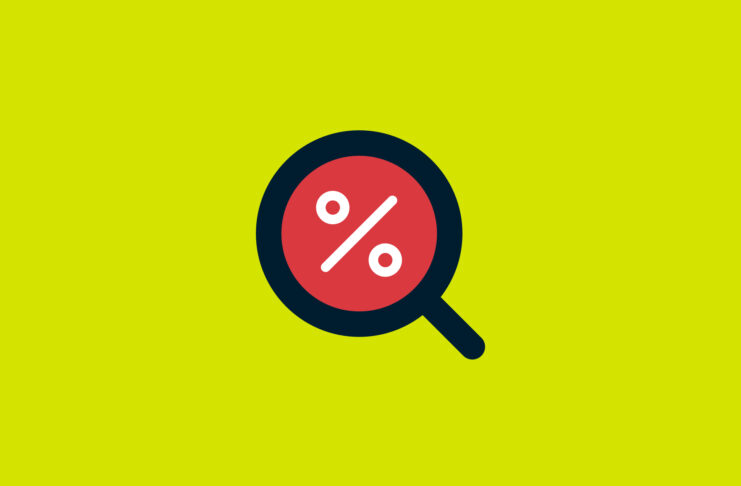




Comments
As Chinese,internet has already becomes part of our life in China.GFW and huge internet detection are obviously bad idea for Chinese people free to access website,hoping one day China can cancel those measures
Just curious. You mention the term “broadband” many times in this article. What exactly is your definition of this term? How fast is “broadband”?
great as always .but as i see from IRAN ,this report seems very optimistic. the situation here is HORRIBLE !